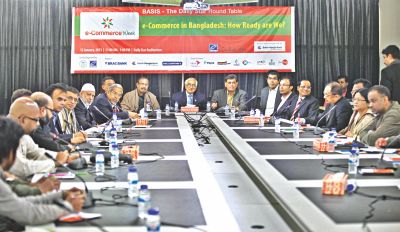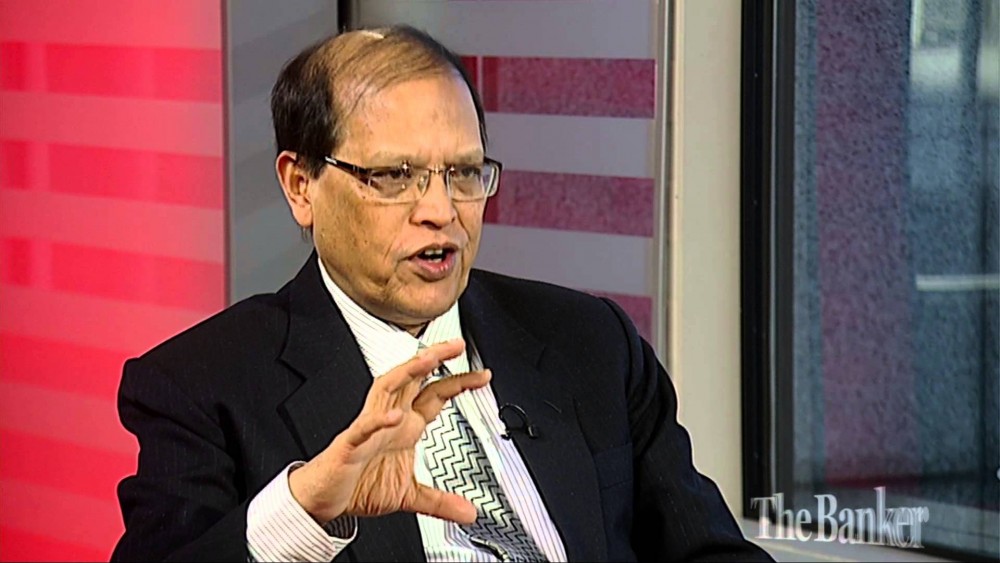 Drugmakers are betting that a new wave of medicines for cancer, diabetes, heart disease, multiple sclerosis and hepatitis will shape up as tomorrow’s blockbusters in the coming 12 months.
Drugmakers are betting that a new wave of medicines for cancer, diabetes, heart disease, multiple sclerosis and hepatitis will shape up as tomorrow’s blockbusters in the coming 12 months.
With the industry regaining some of its swagger after winning 39 new drug approvals last year – a record only beaten in 1996 – there are signs the improving trend could continue through 2013.
Roche, GlaxoSmithKline, Eli Lilly, Biogen Idec, Gilead Sciences and Novo Nordisk are among those with important new products reaching a critical point in development this year.
The industry needs a winning streak after delivering poor returns for years due to a wave of patent expiries. Now companies are emerging from that patent “cliff” and the balance of losses to new opportunities is improving.
European drugmakers, for example, have the potential to deliver new drugs from 2013 to 2015 with peak annual sales of $64 billion (or $27 billion after adjusting for the risk of failure), while fresh patent losses in the period will be only $12 billion, according to Deutsche Bank estimates.
Simon Friend, global pharmaceutical leader at PricewaterhouseCoopers, agrees the picture is improving. But he warns it is still too early to say that drug companies are out of the woods, especially with governments and insurers taking an increasingly tough line on paying for new medicines.
“Productivity is starting to turn the corner – but the other big issue is whether the industry can get the prices it needs for new products,” he said.
Still, analysts say interest in the sector from growth funds is now picking up and investors are taking a closer look at drug
BIOGEN AIMS FOR BEST IN CLASS
A number of key research and development bets on potential multibillion-dollar-a-year products will play out in 2013.
One of the most highly anticipated approvals of the year, likely to come in the first quarter, is for Biogen’s multiple sclerosis (MS) drug BG-12.
It will be the third oral MS drug to market after Gilenya from Novartis and Sanofi’s Aubagio, but many investors already see it as best in class. That has helped Biogen shares nearly treble over the past three years.
“It’s going to be priced very high, it will have a rapid market uptake and it’s going to have a timely approval because the FDA (Food and Drug Administration) can’t afford to keep a drug like this off the market,” said Raghuram Selvaraju, head of healthcare equity research with Aegis Capital.
Doctors treating diabetes are also likely to have new drugs before the year is out, with a new class of medicines that work via the kidneys seen entering the fray.
The SGLT2 inhibitors for type 2 diabetes had a setback when dapagliflozin from AstraZeneca and Bristol-Meyers Squibb was rejected by the FDA over safety concerns.
But Johnson & Johnson is likely to get an FDA green light for its canagliflozin after an expert advisory panel last week recommended its approval, and Morningstar analyst Damien Conover sees a SGLT2 market of around $7 billion by 2020.
Novo Nordisk, meanwhile, is banking on a new ultra long-lasting insulin, Tresiba, to keep it out in front as leader in diabetes care. It also has a major chance in the obesity market, if it can prove its existing medicine liraglutide is safe and effective in weight loss.
The picture should become clear this year for regimens to treat hepatitis C without the need for injections, as closely watched Phase III data from Gilead and Abbvie reveals long-term cure rates for the liver disease.
An all-oral therapy with a high cure rate and low relapse rates would be sure to garner billions in annual sales. Gilead’s sofosbuvir, acquired with the $11 billion purchase of Pharmasset, is seen as the clear leader in a crowded race but Abbvie has also had impressive early data for its products.
Cancer – the disease with the highest R&D investment – offers openings for a number of companies, with particular excitement centered on Lilly’s ramucirumab, which could be filed to treat gastric cancer this year and has a far bigger commercial potential in breast cancer.
Lilly is a prime example of a pharmaceutical company that has the wind back in its R&D sails. While still facing the daunting December patent expiration of its nearly $5 billion a year antidepressant Cymbalta, Lilly now has 13 drugs in Phase III development – the most at any one time in its history.
Roche’s aim to consolidate its position as the leading player in cancer looks within reach in 2013 with approval expected for new breast cancer treatment T-DM1.
The Swiss group may also start to show its promise in neuroscience, with pivotal trial data due in 2013 for bitopertin, a new kind of schizophrenia drug that analysts estimate could generate sales of more than $3 billion a year.
GLAXOSMITHKLINE’S BIG YEAR
GlaxoSmithKline perhaps has the most riding on 2013, with six new drugs submitted for approval in lung disease, diabetes, cancer and HIV, as well as Phase III clinical results due on two high-risk, high-reward projects in heart disease and cancer.
Darapladib, designed to fight clogged arteries in a different way to statins, could, in theory, become a $10 billion-a-year seller, while MAGE-A3 may prove equally revolutionary for lung cancer and melanoma. But in both cases GSK is pushing the scientific boundaries and the chances of success are considered below average.
Drug development still remains a risky business.
Last year’s tally of drug approvals was lifted in part by a large number of niche drugs for rare diseases. Success in drugs for common diseases was more elusive, as highlighted by the failure of clinical trials for two experimental Alzheimer’s drugs.
“The industry has done a lot to try and improve productivity and has corrected a lot of past mistakes,” said Deutsche Bank analyst Richard Parkes, who highlights fewer failures in final Phase III testing as a key measure of success.
“It’s too early to say whether this is going to be a sustained break-out from the trend but the efforts that have been put in place should at least improve the efficiency of what is being spent.”
Source : Reuters




































